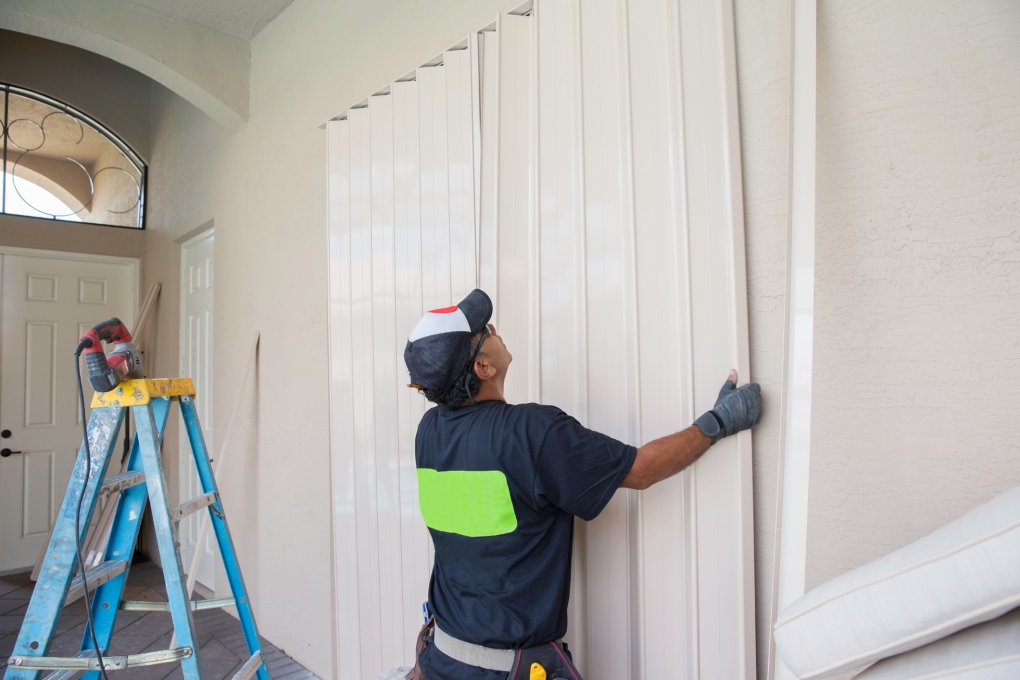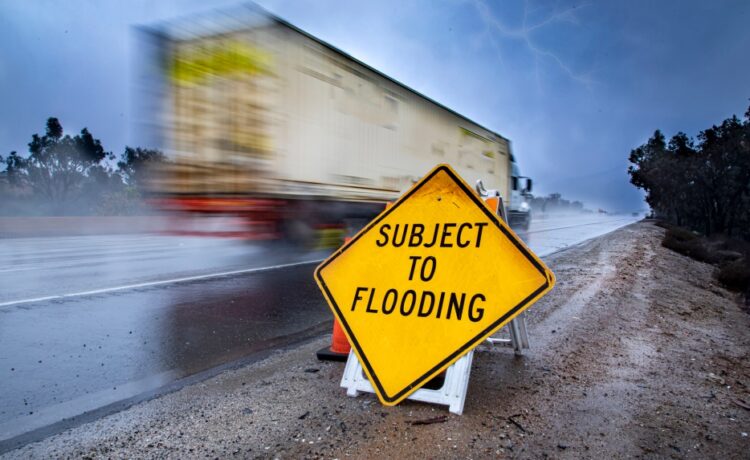Reports of extreme weather events and natural disasters seem to be occurring more and more frequently, and Canadians are feeling the effects in their everyday lives and on their finances.
According to Catastrophe Indices and Quantification Inc. (CatIQ), Canadians in 2023 suffered total insured catastrophic losses exceeding $3 billion, thanks to a range of events including wildfires in British Columbia and Nova Scotia and severe storms in Ontario and Quebec.
As a result, insurance costs have risen and are affecting Canadians’ pocketbooks. Below, I’ll discuss how to navigate these changes to help you mitigate financial risks, while also taking advantage of some investment opportunities that are available.
Rising insurance costs in high-risk areas
Our planet’s weather and ecosystems are finely balanced, and even small changes can have a huge effect. Coming face to face with an intense storm or flood truly makes you realize just how small and fragile humans and our communities are compared to the relentless forces of nature.
According to a 2022 report by the National Collaborating Centre for Environmental Health (NCCEH), Canada has 226,000 kilometres of coastline with up to 600,000 people who may be exposed to the direct effects of rising sea levels.
The report also goes on to predict that sea levels could rise as much as 175 cm by the year 2100.
On a surface level, the obvious effect is that coastal communities could experience flooding and home loss as parts of their communities are lost to rising seas.
This is just the tip of a melting iceberg, though. Rising sea levels and global warming can lead to other weather phenomena, including:
- Drenching rains
- Severe snow storms
- Heat waves and draught
- Flooding
Last year’s La Niña weather patterns saw an increase in Atlantic hurricanes and storms. If the Earth continues to warm and sea levels rise, we could see more of these events.
An increase in bad weather translates to a major financial impact for those living in higher-risk coastal regions — higher insurance premiums.
This won’t just affect homeowners, though. Commercial business insurance, auto insurance, and even life insurance premiums could increase as the risk of loss of property and life becomes more prevalent in these riskier areas.
Mitigation tips
To mitigate rising insurance premiums, homeowners can take several proactive steps, such as:
- Installing storm shutters
- Reinforcing roofing
- Elevating utilities
- Reinforcing windows
Home insurers often offer discounts on premiums for homes that are better able to withstand storm damage. You may even be able to find government grants or tax credits for these home improvements.
 A contractor installing hurricane shutters (Getty Images / Jodi Jacobson)
A contractor installing hurricane shutters (Getty Images / Jodi Jacobson)
Investment opportunities
On a slightly different note, climate change and catastrophic weather events also present an opportunity to diversify your investments. In response to climate change, innovative new solutions and companies focusing on eco-friendly solutions will be created.
These include renewable energy sources like wind and solar power, sustainable agriculture, and green bonds. Investing in these supports the fight against climate change and also positions investors to benefit from the growing market demand for eco-friendly solutions.
Reducing the impact on everyday expenses
Above, I mentioned how climate change could have an explosive and unpredictable effect on weather, potentially raising insurance premiums in high-risk areas.
Even for those not in high-risk areas, though, climate change could increase everyday living and utilities expenses:
- Higher costs to heat and cool your home during summer and winter
- Disruptions in utility services that could affect your ability to work from home
- Heavy weather preventing you from getting to work
The best way to prevent this is to prepare ahead of time.
The most basic way to reduce your home energy expenditure is to better insulate your home. On an inexpensive level, you can layer insulation film on your windows or place weather lining under your doors.
If you’re willing to invest a bit more, you may also consider layering up the insulation in your attic and roof or replacing your older windows with energy-efficient ones.
Planning for the future starts today
Realistically, you may not see a drastic change in your daily life and expenses in the short term. However, if the globe continues to warm and sea levels continue to rise, Canada will see more severe and unpredictable weather.
If you’re planning on purchasing or building a home in the near future, these are all good things to consider and plan for.
If you’re an investor, keep your eyes out for cutting-edge inventions, technology, or start-up companies that are gaining traction, so you can invest early and profit.
Interested in learning more about how you can do your part? Check out these simple lifestyle changes that can help you improve your little corner of our planet.
Christopher Liew is a CFA Charterholder and former financial advisor. He writes personal finance tips for thousands of daily Canadian readers on Blueprint Financial.
Do you have a question, tip or story idea about personal finance? Please email us at [email protected].
















